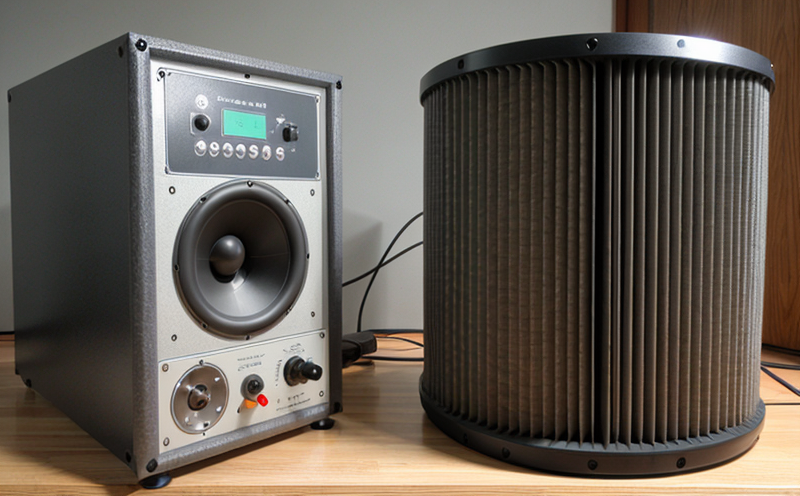ISO 11204 Noise Measurement with Sound Intensity Methods
The International Organization for Standardization (ISO) has developed the standard ISO 11204, which specifies a method of measuring noise using sound intensity techniques. This service is particularly relevant in sectors such as marine and ship equipment testing, where understanding and mitigating noise impacts on crew safety and comfort is crucial.
The use of sound intensity methods offers several advantages over traditional noise measurement techniques by providing detailed information about the distribution of noise across different spatial areas within a vessel. This approach allows for more precise identification of sources contributing to excessive noise levels, enabling targeted interventions aimed at reducing these issues.
Sound intensity measurements also play an important role in assessing compliance with regulatory requirements set forth by various international standards including ISO 11204 as well as national regulations governing maritime industries. By employing this methodology during the design phase or after installation of new equipment, organizations can ensure they meet all applicable guidelines while simultaneously improving overall operational efficiency.
Our team specializes in conducting comprehensive noise measurements according to ISO 11204, utilizing advanced instrumentation capable of capturing accurate data across wide frequency ranges. Our expertise ensures that clients receive reliable results which are essential for making informed decisions regarding their equipment selection and modifications.
Scope and Methodology
| Aspect | Description |
|---|---|
| Measurement Techniques | We employ both free-field and enclosed-space sound intensity techniques to measure noise levels accurately. |
| Data Collection | Our instruments capture high-resolution data points that provide detailed insights into the spatial distribution of noise within a given area. |
| Analysis Process | The collected data undergoes rigorous analysis using specialized software to determine compliance with relevant standards and specifications. |
Benefits
- Precise identification of noise sources
- In-depth understanding of spatial distribution patterns
- Achievement of regulatory compliance
- Enhanced crew comfort and safety
- Cost-effective solutions through targeted interventions
Use Cases and Application Examples
| Application Area | Description |
|---|---|
| Engine Room Noise Monitoring | We help monitor noise levels in engine rooms, ensuring they fall within acceptable limits prescribed by industry standards. |
| Cabin Acoustics Assessment | This service assists shipbuilders and operators in optimizing cabin acoustics for passenger satisfaction and staff well-being. |
| Propeller Blade Vibration Analysis | Detecting vibrations early can prevent potential failures, ensuring continuous safe operation of propeller systems. |





